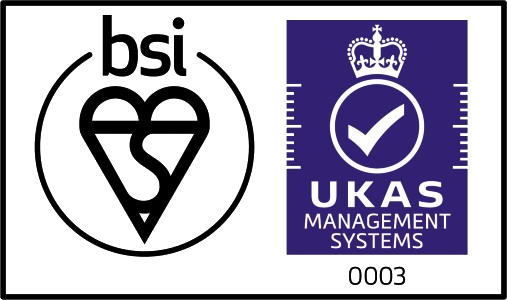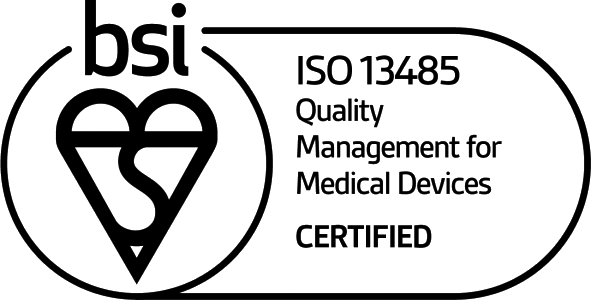Announcement
Q Medical Technologies wishes to express our gratitude to our customers and POLYTECH.
As of Monday 17th March 2025, we no longer offer POLYTECH products but remain dedicated to partnering with you to achieve your clinical and commercial objectives.
Please contact enquiries.polytechuk@polytechhealth.com.



